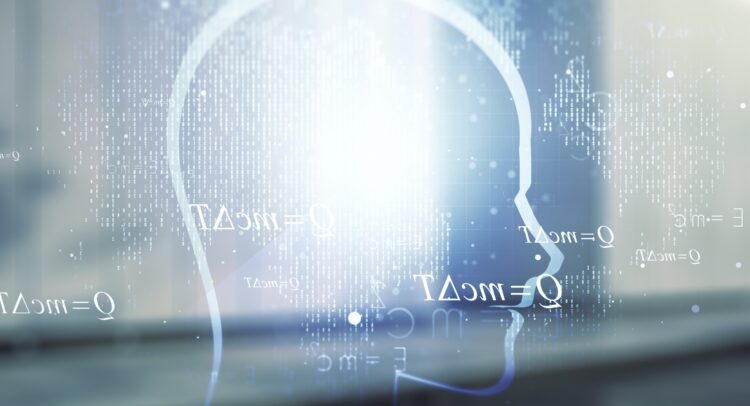A recent University of Chicago study pitted human financial analysts against Microsoft-backed OpenAI (NASDAQ:MSFT), the current leader in artificial intelligence. The surprising result? AI emerged victorious in predicting future earnings. This might sound like a robot takeover of Wall Street, but the real story needs to be understood as it’s more nuanced. After all, the study did put the focus on what AI is particularly good at. Different and maybe better results may be found when AI’s analytical muscle and Wall Street analysts work in tandem.
AI Can Analyze Vast Amounts of Financial Data
The University of Chicago study focused on AI’s ability to analyze vast amounts of financial data. By sifting through company reports, news articles, and social media sentiment, AI can identify patterns and trends not visible to the human eye. This allows it to make highly accurate predictions about a company’s future performance, potentially giving investors an edge in the market.
For example, AI can analyze a company’s financial statements at the speed of light and with precision. It can then uncover hidden trends that might escape a securities analyst. Additionally, AI can process real-time news and social media data, gauging public sentiment towards a company and its products. This very inclusive data analysis is what’s behind AI’s ability to methodically predict future earnings and expected stock price movements.
Human Expertise Has Strategic Edge
While AI excels at crunching numbers and identifying patterns, human analysts bring a crucial element to the table – strategic thinking. They can interpret AI’s findings in the context of broader market trends, industry shifts, and economic factors. This human touch allows for a more nuanced understanding of the forces driving a company’s future performance.
Furthermore, human analysts possess the ability to assess a company’s management team, competitive landscape, and long-term vision. These qualitative factors are difficult for AI to quantify but can have a significant impact on a company’s future success.
Here’s an example, AI might predict a surge in a company’s stock price based on strong financial performance. However, a human analyst might uncover news of an upcoming lawsuit or a change in leadership, tempering those predictions and offering a more complete picture.
A Symbiotic Future?
The University of Chicago study shouldn’t be seen as a competition between AI and human analysts. Instead, it highlights the potential for a powerful collaboration. Imagine AI as a tireless research assistant, meticulously analyzing data and generating insights. The human analyst is then handed the baton to interpret these insights through the lens of experience and strategic thinking. This combined approach can lead to more informed investment decisions.
Key Takeaway – AI and Humans Can Work Together
The future of investing is not likely to be about robots replacing humans. It’s about humans and AI working together to achieve superior results. By leveraging AI’s analytical muscle and human strategic expertise, investors can make more informed decisions and potentially outperform the market. As AI technology continues to evolve, we can expect even more powerful tools and insights to emerge, empowering investors of all levels to navigate the ever-changing market landscape.


















